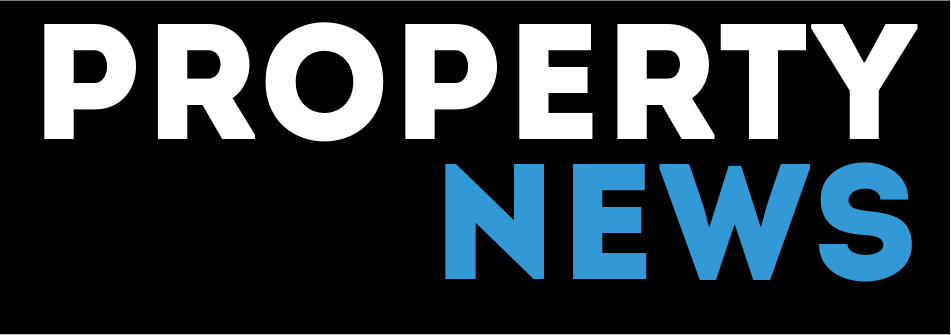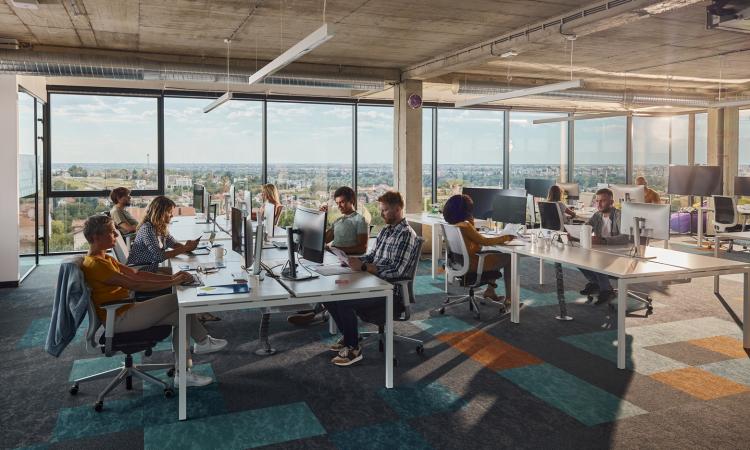The UK is arguably the world’s maturest flexible workspace market with British landlords having been adaptive in their attitude towards diversifying commercial models. In comparison, German landlords are more reluctant to give up their loyalty to the classic lease model and their local flexible workspace market has developed at a slower pace.
However, with The Instant Group’s recent white paper, “Unfit to flex: How alternative office models can drive cashflow,” stating that flexible workspace could add up to 30% returns after Capex compared to traditional leasing over a 10-year period, is there something to learn from the UK approach?
The UK office sector – the factors which have created a market of choice
London is the epicentre of flex and coworking with around 900 locations of the 3,300 national total (Coworking Café, Q3 2024 Coworking Industry Report). The model has grown steadily over the past 30 years and moved from being the younger sibling of the classic leased model to being a serious segment, forecast to be 30% of UK office space will be flexible workspace by 2030 (JLL).
The pandemic induced a market shift in employment conditions with large corporates changing standard employee contracts to hybrid working to attract and retain people. This created an increase in individuals’ power to choose their place of work, which in turn has driven growth in regional flex and the coworking membership model.
Florian Kappes, Director, Europe, technologywithin, comments: “ UK landlords have subsequently faced lower occupancy with the corporate move away from large, leased spaces. This has forced them to adapt to survive; considering other commercial options within existing portfolios and planning refurbs and new builds differently. Developments are now often split between leased and flex to lower risk, with landlords looking to partner to share the risk and bring in expertise.”
Whilst flex has traditionally been considered a higher risk model than lease, it now delivers higher occupancy rates (82% in Q3 2024, up from 80% in Q2, according to The Instant Group). Several approaches to diversify have emerged with some landlords creating their own brands and others partnering with flex operators on a management agreement basis.
Florian adds: “These market conditions have created an opportunity for the rise of the “Brandlord” (Spaces to Places, London Flex Brand Index Report 2024) creating sophisticated, hospitality-led, amenity-rich workspaces which are meeting the needs of the market.”
German CRE – a market wedded to the lease
In Germany, by contrast, the long-term lease has continued to be popular with tenants, with 64% of new office space occupied on completion in 2024 (CBRE, Germany Market Beat, Q3, 2024). According to The Instant Group the current number of flex sites sits at 2,300, accounting for only 5 to 6% of the total office space market. Landlords see less need to invest in the necessary fit out, manage their portfolios inhouse and contract with multiple tenants.
Florian says: “Geography creates a unique commercial office market in Germany, with its five major business centres spread across the country. Berlin and Munich have around 460 sites between them, little more than 20% of the total (source: The Instant Group). So, it’s more difficult to predict a national trend in commercial approach.
Whilst international brands are investing in the larger cities, the growth of national players is slow, with only brands such as Regus, Design Offices and the upcoming WorkInn/Sleeves up merger creating a country-wide presence.”
Should German landlords consider diversification?
The key question is whether the same commercial imperative is there to drive market conditions in Germany which has led the UK landlords to choose the diversified commercial approach. Clearly, the most important factor is occupancy levels and corporate appetite for long leases.
Cushman and Wakefield’s 2024 Q4 Market Beat reports current office vacancy levels at 7.7% (a 1.1% increase on 12 months previously) and with the expected rate to reach 8% it looks like the tipping point to encourage landlords to look at alternative models has been reached. The launch of InfinitSpace’s Beyond brand and IWG’s announcement of several management agreements (Bikini Berlin for example) point to the beginning of a change in attitude to the flex model. However, the diversity and geographic spread of the German city markets means that any broad-brush recommendation isn’t necessarily correct.
Florian concludes: “With the global trend toward a more flexible office approach is it worth German landlords getting ahead of the curve and diversifying early? Landlords should keep a watching brief on the performance of flex brands trying to establish the model in the local market – such as Fora, Mindspace, Industrious and Clockwise - to see if there is an appetite from tenants to embrace the flex and coworking model.”

